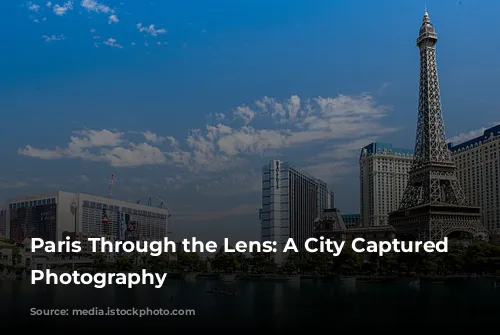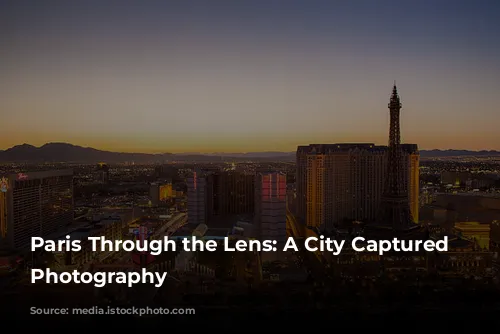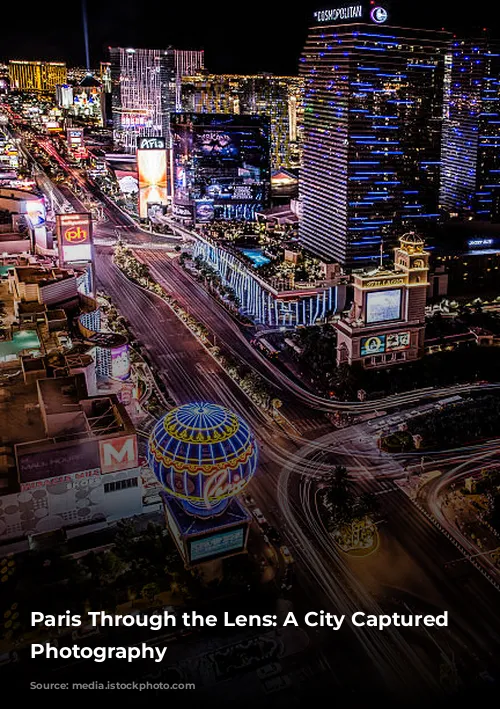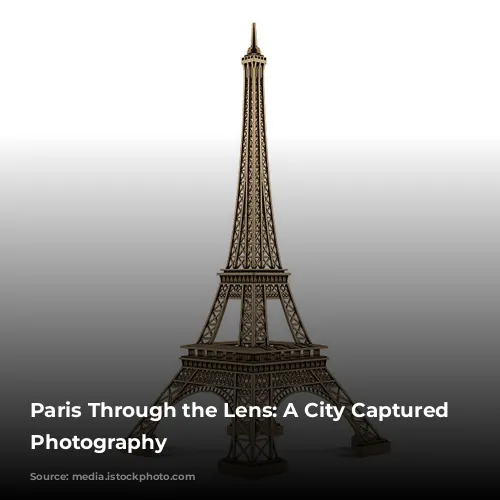Paris, more than just a location, is a concept, a dream for some, a symbol for others, and a daily reality for many. The city’s unique charm has inspired numerous renowned photographers of the 20th century, each finding their own artistic interpretations of its beauty and essence.
Let’s delve into the stories behind these photographers and the captivating images they captured, showcasing the soul of Paris.
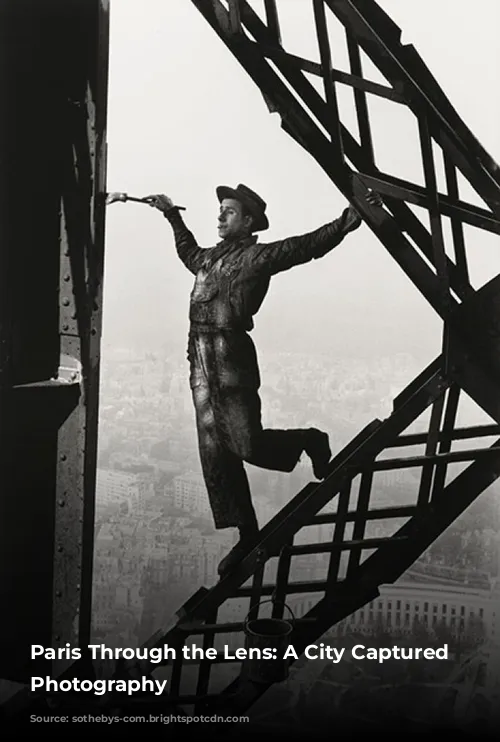
A Gritty Reality: Capturing the City’s Raw Side
Frank Horvat, arriving in Paris from London in 1955, sought to capture the city’s unpolished, urban reality. He saw a different Paris than the one idealized by many photographers of the time, one marked by poverty, dilapidation, and a raw, sometimes sordid beauty. He believed that even gritty realities could make for compelling photographs.
The Eiffel Tower: More Than Just a Landmark
Marc Riboud, a founding member of the Magnum Photos agency, captured an unconventional perspective of the Eiffel Tower. His photo, showing the tower’s interior, juxtaposes the imposing structure with a painter’s almost theatrical pose. Riboud described the moment, saying he felt dizzy while the painter, nicknamed Zazou, remained perfectly relaxed.
The “Crazy Years” and a Playful Spirit
The 1920s in Paris were a time of unbridled excitement and creativity, known as Les années folles (the “Crazy Years”). This period, before the Great Depression, saw a flourishing of art and literature, with Hemingway, Fitzgerald, and Picasso making Paris their home. Kertész, a Hungarian-born photographer, perfectly captured the spirit of this era with his “Satiric Dancer.” In the photo, Magda Förstner, a Hungarian dancer, playfully imitates a sculpture, suggesting that life itself is the true art form. Kertész saw photography as a tool to capture “people in motion…the moment when something changes into something else.”
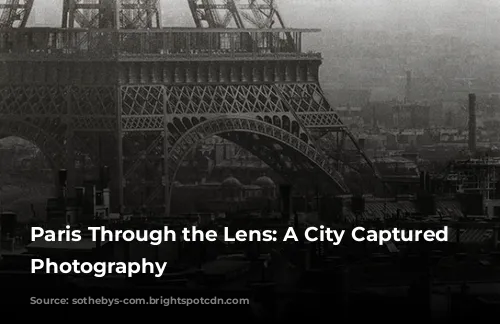
The Humanistic Touch: Finding Beauty in Everyday Life
Robert Doisneau, a key figure in Photographie humaniste, presented a different view of Paris than the gritty one portrayed by Horvat. He focused on the ordinary moments of Parisian life, revealing the city’s soul through its inhabitants. Doisneau believed that everyday wonders were more exciting than anything a movie director could create. His famous photo, “Le Baiser De L’Hotel De Ville” (The Kiss), captures a moment of spontaneous love between two Parisian lovers.
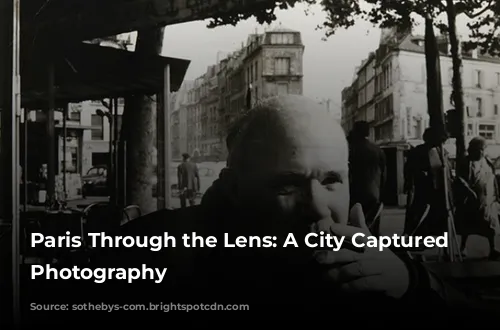
A Photographic Vision of the “Bohemian” Life
William Klein, a New Yorker trained as a painter, embraced photography in the 1950s and became a leading fashion photographer. He captured a group of women at Club Allegro Fortissimo, a public pool designed specifically for larger swimmers, promoting exercise and inclusion.
Jean Genet, a bohemian icon, anarchist, and writer, spent much of the 1930s living a life of poverty and crime on the streets of Europe. He was eventually rescued from prison by a group of artists who recognized his literary talent. Henri Cartier-Bresson, a photographer renowned for his portraits of cultural icons, captured Genet’s spirit, representing the rich artistic and intellectual landscape of Paris during Cartier-Bresson’s lifetime.
These photographers, each with their unique perspective, captured not just the city of Paris, but its soul. Their images offer a glimpse into the everyday life, the artistic movement, and the cultural landscape of a city that has always been, and continues to be, a source of inspiration.

